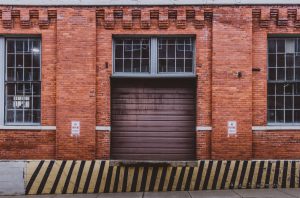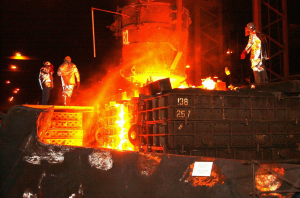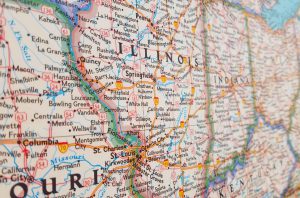Tag: Midwestern United States
Revised July Numbers and Weak August Job Growth Raise Questions About Slump Again
by Matt Sedlar , 10/02/2019
Jobs in the blue collar sectors of construction, manufacturing, and mining and logging increased by 12,000 in August. The big news is not, however, the August numbers, but the revised numbers from July. Last month’s report was fairly positive about the state of manufacturing as it appeared to be finally climbing out of a slump. […]
Manufacturing Gains in July, But a Weak Month for Construction and Mining
by Matt Sedlar , 09/05/2019
Jobs in the blue collar sectors of construction, manufacturing, and mining and logging increased by 15,000 in July, but in a surprise twist, that growth was mostly in manufacturing, not construction. Job growth was primarily in the South and West, with the addition of 12,400 and 8,300 blue collar jobs, respectively. The Northeast only added […]
Job Gains in Manufacturing Leads Increase in Blue Collar Employment
by Alan Barber , 08/21/2018
Blue collar employment grew by 0.3 percent in July as the nation added 52,000 jobs in construction, manufacturing, and mining and logging. The number of jobs in these industries was 13.9 percent of total nonfarm jobs in the United States last month. This is a slight increase from July of 2017 when these jobs were […]
Blue Collar Jobs Continue to Increase Across Rust Belt
by Dean Baker , 03/30/2018
Consistent with national data showing modest increases in blue collar employment across the country, employment in construction and manufacturing increased in most states in the Midwest in February. Employment in both categories is up in almost every state in the region over the last year.
Growth in Blue Collar Jobs Slows In April
by Matt Sedlar , 05/05/2017
As noted in this month’s CEPR Jobs Byte, the national unemployment rate fell to 4.4 percent in April. The establishment survey reported that the economy added 211,000 jobs. Roughly offsetting revisions to the prior two months’ job growth brings the average for the last three months to 174,000.
Highest to Lowest Share of Blue Collar Jobs By State
by Nick Buffie and Tillie McInnis , 04/10/2017
Last November, Donald Trump was elected President of the United States thanks largely to overwhelming support from working-class white voters. This has engendered a discussion about the decline of blue collar jobs in the Midwest specifically and throughout the country more broadly.






